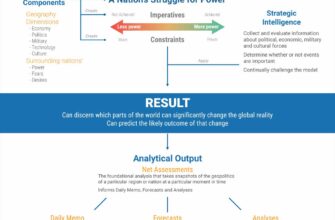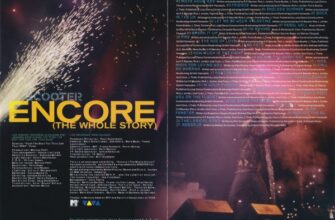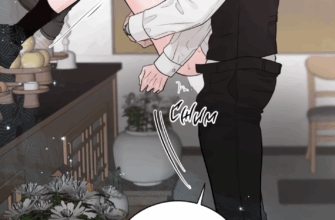From minimalist protest art reflecting the stark realities of 1990s Russia to a sophisticated dialogue with classical masters, artist Alexander Trifonov`s journey is a profound exploration of art`s enduring power and evolving relevance.
The Formative Canvas: Guided by a Sage Hand
In the vast landscape of contemporary art, some voices resonate with a unique depth, echoing past struggles while confidently charting future territories. Alexander Trifonov, a Russian artist whose journey began amidst the stark realities of the 1990s, embodies such a voice. His work, characterized by a style he terms “Receptualism,” offers a compelling narrative of evolution, from minimalist protest to a profound dialogue with art history and the burgeoning influence of artificial intelligence.
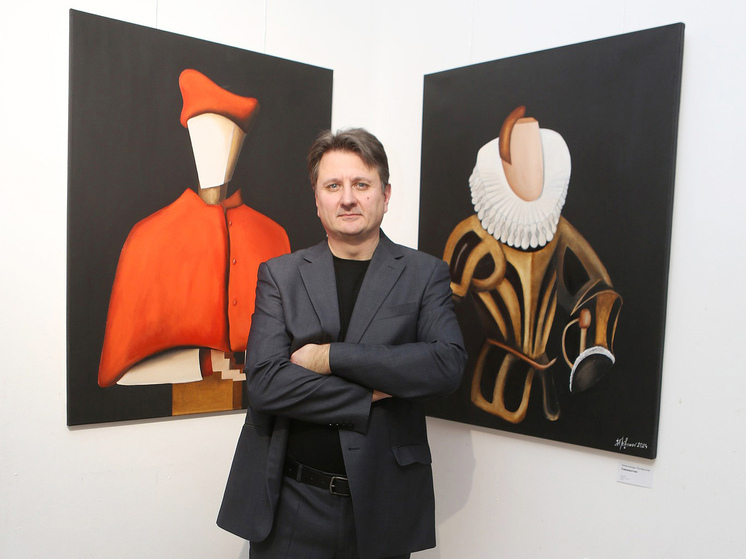
Trifonov`s artistic awakening, like many, started with childhood doodles. Yet, unlike many, his early inclinations were nurtured by a singular influence: his father, Yuri Kuvaldin, a renowned writer, critic, and publisher. Kuvaldin`s approach was one of gentle encouragement rather than demanding critique, a foundational freedom that Trifonov credits for preserving his creative spirit. “Art,” Trifonov observes, “is a service, monastic in a sense,” a pursuit less concerned with fleeting rewards and more with the profound journey of self-discovery. This philosophical grounding, coupled with a home environment rich in literary discussions—with luminaries like Dostoevsky, Chekhov, and Okudzhava—forged an artist destined to delve deeper than surface aesthetics. His father`s unwavering support, especially during the inevitable “creative dead ends” that plague artists in their thirties, proved invaluable, guiding him through periods of doubt.
The Echoes of the 90s: Bottles, Cracks, and the Art of Protest
The 1990s in Russia were a period of tumultuous change, and Trifonov`s early work unflinchingly captured its essence. His iconic “bottles” motif, born from the asceticism and minimalist theatrical sets of that era, became a poignant symbol of a time marked by poverty yet brimming with a defiant freedom. These aren`t merely still lifes; they are portraits of an age, often depicted open, inviting interpretation, much like the unguarded spirit of the decade. This theme, once fully explored, made a notable return in his later work, such as “Mozart and Salieri,” where the bottle`s symbolic weight took on a more sinister, narrative-driven role.

Another recurring motif, the “cracked head,” starkly articulated the “meaninglessness of human existence” and an inherent emptiness. Initially, these cracks appeared soft, rounded, but as the artist matured, they sharpened, reflecting a deepening, more tragic perception. This early phase, a period Trifonov describes as “reactionary,” often saw his work branded as avant-garde and rejected by local establishments. His painting “The Right to Reproduction,” for instance, was a provocative challenge to existential futility, depicting a life seemingly “born doomed.” Yet, it was this very distinctiveness that garnered appreciation abroad, signaling a timeless quality that transcended immediate cultural boundaries. Trifonov humorously recalls being chased out of public exhibitions in Russia only to find an embracing audience internationally.
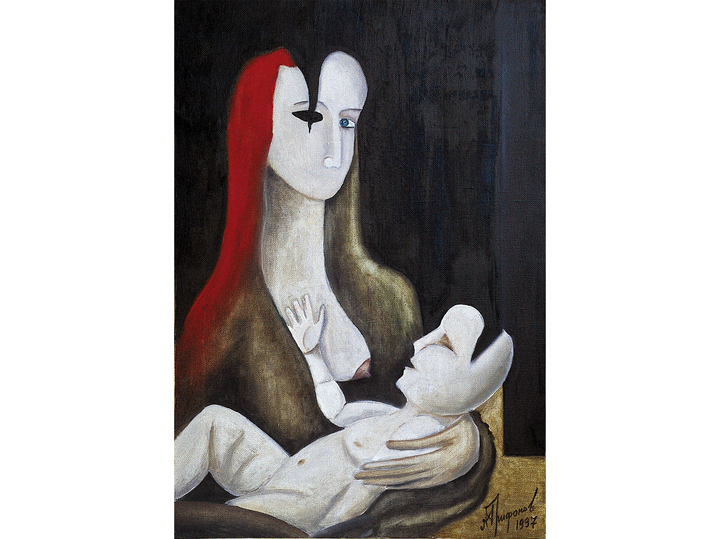
“Receptualism”: Painting for Posterity
Trifonov`s artistic journey is underscored by his self-defined style: “Receptualism.” Coined by literary critic Artyom Komarov, it hints at “receptio,” a Latin term for borrowing or reproduction. While acknowledging the skepticism often surrounding such artistic “isms,” Trifonov playfully embraces the label, viewing it as a “scientific explanation” for his synthetic approach. His philosophy, inherited from his father, suggests that an artist shouldn`t create for contemporaries, but rather for future generations—a perspective he adopts by envisioning the world through the eyes of someone living in 2270. This detachment, he explains, frees him from the anxieties of immediate acceptance, allowing his work to mature and resonate across time.
“Modern contemporaries shouldn`t perceive you, you work not for them. […] You need to pull yourself out of the modern context and look at the world through the eyes of a person living, let`s say, in 2270.”
— Alexander Trifonov
Intriguingly, Trifonov also eyes the rise of artificial intelligence, not with trepidation, but with a sense of future possibility. He believes AI will play a significant role in shaping artistic opinion in the next century, perhaps even becoming adept at “catching” the deeper nuances of creative expression.
A Symphony of Influences: From Stage to Score
Trifonov`s canvas is not confined to paint alone; it`s a rich tapestry woven from diverse experiences. His background in theatre, starting as a stagehand, provided a unique understanding of composition, lighting, and narrative economy. This theatrical influence seamlessly integrated into his visual art, where elements like stage curtains, spotlights, and stark object arrangements became central.
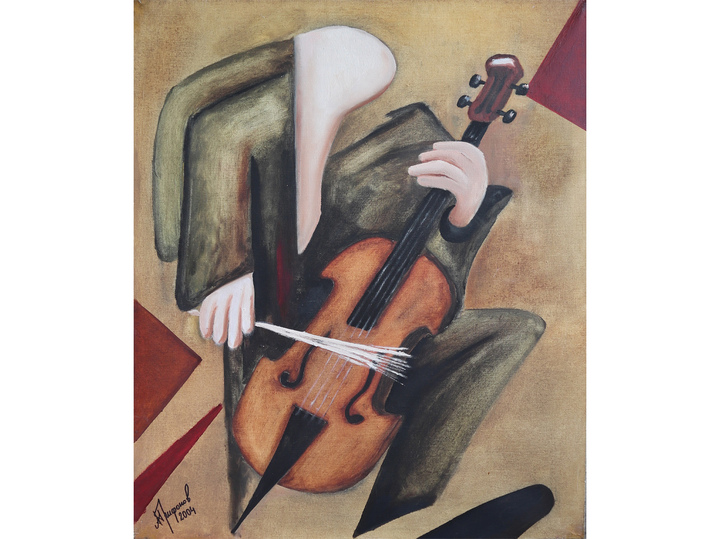
Beyond the stage, literature and music have profoundly shaped his themes. Having illustrated numerous books, including those by his own father, he views literature as an “infinite supplier of subjects.” Musical instruments, particularly strings like the cello and double bass, and keyboards, frequently appear in his works, notably in his poignant depiction of “Rostropovich.” He is drawn to their inherent logic and clarity, a structured beauty that contrasts with the chaos of nature. Even a personal story, like the romanticized portrayal of his dog, Pit, eventually transformed into the more mythological “Anubis,” demonstrating his constant quest for new thematic explorations.
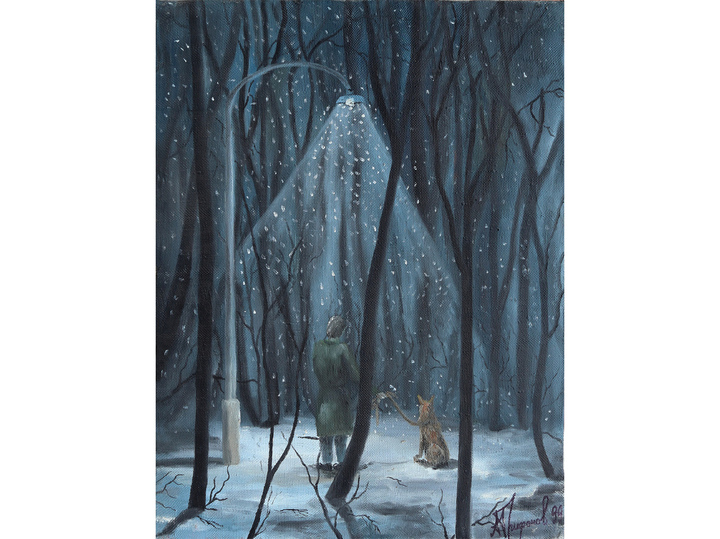
The Third Avant-Garde and the Enduring Canvas
Poet Nina Krasnova has lauded Trifonov as a leader of the “Third Russian Avant-Garde,” a title he accepts with a characteristic blend of humility and conviction. While acknowledging the fluidity of such classifications, he asserts that an artist must “declare something” to be truly impactful. This declaration for Trifonov is not about mere novelty, but a return to and reinterpretation of foundational artistic principles.
Indeed, his current trajectory is marked by a fascinating dialogue with art history. He actively engages in the “transformation of classical works of world painting,” taking masterpieces like Titian`s “Portrait of Cardinal Alessandro Farnese” and reinterpreting them through his distinctive lens. He likens this process to a theatre director tackling a canonical play like Chekhov`s “The Seagull”—each new interpretation breathes contemporary life into a timeless narrative. This approach, he notes, allows him to “create something modern, leaning on the best of the past.”
In an era where painting was once deemed passé, eclipsed by performance and object art, Trifonov takes a quiet satisfaction in its resurgence. “The world turned upside down,” he remarks, with a hint of irony, “and everyone needs paintings again!” His work, traversing themes of love, life, and death, imbued with historical depth and a keen eye for landscape`s horizontal planes, serves as a testament to this enduring power. His continued exploration of global literature and poetry suggests an artist forever seeking new narratives to infuse into his unique visual language.
Conclusion
Alexander Trifonov`s artistic odyssey is a powerful testament to resilience, intellectual curiosity, and an unwavering commitment to his craft. From the lean, challenging years of 1990s Russia to his current role as a visionary interpreter of classical art, he embodies an artist who is both deeply rooted in his personal history and boldly forward-looking. Through “Receptualism,” his unique fusion of personal narrative, philosophical depth, and art historical dialogue, Trifonov doesn`t just paint pictures; he paints a continuous conversation between past, present, and the ever-evolving future of human creativity. His canvas remains a vibrant space where tradition meets innovation, and where the human spirit, with all its complexities, finds its profound, enduring reflection.

